Alice Oakleaf Hydrangea
$79.50 Original price was: $79.50.$55.65Current price is: $55.65.
- Free Shipping over $25
- Fast & reliable delivery options
- Enjoy top quality items for less
- Multiple safe payment methods

The idea of ‘hydrangea’ makes most of us think of neat, rounded shrubs a few feet tall, covered with dome-shaped flower clusters in pink or blue. But there are other hydrangeas that are less neat, but wonderful additions to large shrub borders, or to fill the spaces beneath large trees in the shade of a woodland garden. What better choice, then, for large, partially-shade places, than an improved version of a hydrangea that grows wild in America – the Alice Oakleaf Hydrangea?
Growing Alice Oakleaf Hydrangeas
This large shrub is fast-growing, and it will soon reach heights of 5 to 12 feet with a spread just as wide. It has dramatic foliage. Leaves that can be 8 inches long, and deeply lobed, resembling an oak leaf, give this plant both its common and botanical names. Unlike the mophead hydrangea, whose leaves might, at best, turn a little yellow before browning and falling, the Alice Oakleaf Hydrangea puts on a spectacular fall display of deep-red, purple and bronze – rich tones to compliment the brilliance of the trees in your garden.
The fall color alone, and its unique foliage size and shape, would make this shrub worth growing, but there is much more to this great plant. In June it produces enormous heads of white flowers – 10 to 14 inches long, swaying on the ends of the branches. These are upright, but their size makes them arch over elegantly, and a plant in full bloom is a magnificent sight. As these panicles mature, the flowers turn pinkish, before turning light brown.
Sun Exposure
The Alice Oakleaf Hydrangea grows best in partial shade – some morning sun is preferred, rather than afternoon sun, which in hot areas can damage the foliage. It will also grow in full sun in zones 5 and 6, with sufficient water, and grow well, but smaller, even in full, dark shade. It will grow in ordinary soil, but it will thrive in moist, deep soil enriched with organic material. In nature it grows among limestone, and it will grow in both acidic and alkaline soils. Mulch for the summer with more organic material, to preserve moisture, and water regularly. New plantings should be watered at least weekly, and bi-weekly during dry spells. Older plants will take some dryness, but they will grow better with regular watering.
Uses in Your Garden
Use this large shrub as background in shrub beds, and as an excellent way to fill spaces in your garden. Plant a row along the front of a wooded area, to define the space in front. Use it in a woodland garden to create an exciting background. For all those difficult shady areas, where you want a vigorous, natural planting, this is the ideal choice. You don’t need many shrubs of this size to fill spaces, so it is also an economical way to design your garden.
Hardiness
The Alice Oakleaf Hydrangea is hardy from zone 5 to zone 9, so it can be grown across most of the country. In zone 5 it should be planted in a sheltered place, with some screening from harsh northern winds. It may suffer some die-back of branches in very cold winters, and some flower buds may be lost, but it will quickly recover. In warmer areas it is more likely to reach its maximum size, and bloom prolifically. Any dead or broken branches, and thin, weak growth, should be removed in late winter or early spring. Do not prune more at this time, or flowering will be reduced.
Pruning
If you need to reduce the height a little, or do any other shaping, do it in summer just as the flowers are turning pink, to allow plenty of time for flower-bud formation for the following year. Do not prune outside this time, or you will reduce flowering the next year. Prune by removing a few of the tallest stems completely, to open space for new shoots to develop Do not cut off the ends of branches, as the flower buds are on those ends – cut them off and you will have no flowers. This is why it is important to allow enough room for natural growth when planting. If you are constantly cutting back a plant that is too big for the space you gave it, it will not flower well.
History and Origins of the Alice Oakleaf Hydrangea
The Oakleaf Hydrangea (hydrangea quercifolia) is an American native plant that grows in woodlands and along streams in several southeastern states. It can be found growing in North Carolina and west into Tennessee, as well as south to Florida and Louisiana. The variety ‘Alice’ was discovered by the famous woody plant specialist, Professor Michael A. Dirr, of the University of Georgia. He found a particularly impressive Oakleaf Hydrangea growing on the university campus, collected it for his Georgia Plant Introduction Program, and named it after his wife.
This variety is larger and more vigorous than other plants of this species. The foliage is disease-free, it has superior fall coloring, and the flower panicles are larger than normal too. This is the largest and most vigorous of the Oakleaf Hydrangeas. The Ruby Slippers Hydrangea is a smaller version, with strong red coloring as the white flowers fade. For similar flowers on a shrub for colder areas, choose the Tardiva Hydrangea or the Limelight Hydrangea, both of which are hardy to zone 3.
Buying Alice Oakleaf Hydrangeas at The Tree Center
Our plants are produced for us from Professor Dirr’s original stock, and they are guaranteed to be this superior variety. Cheaper seedling forms, and un-named varieties, will be inferior, so choose the best. This plant is rarely offered to home gardeners, so take this opportunity to grow an outstanding plant and order now! We invite you to browse our collection of hydrangeas for more color and size options.
Be the first to review “Alice Oakleaf Hydrangea” Cancel reply
Related products
Hydrangeas
Boxwood Shrubs
Drift® Roses
Hydrangeas
Butterfly Bush
Hydrangeas
Boxwood Shrubs
Other Shrubs & Hedges

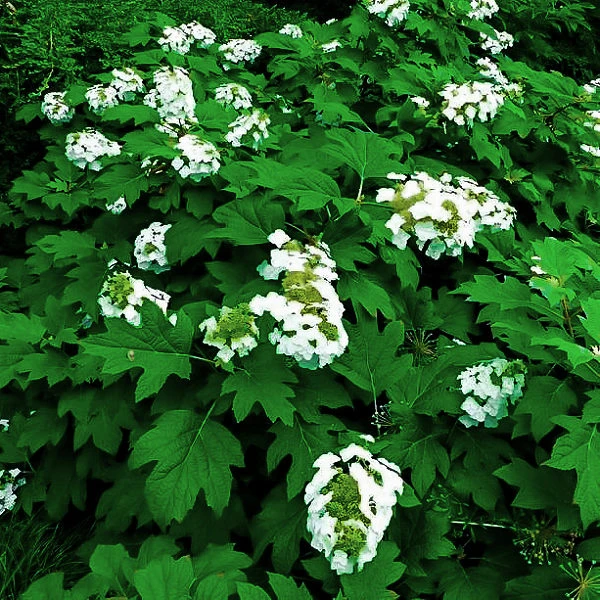
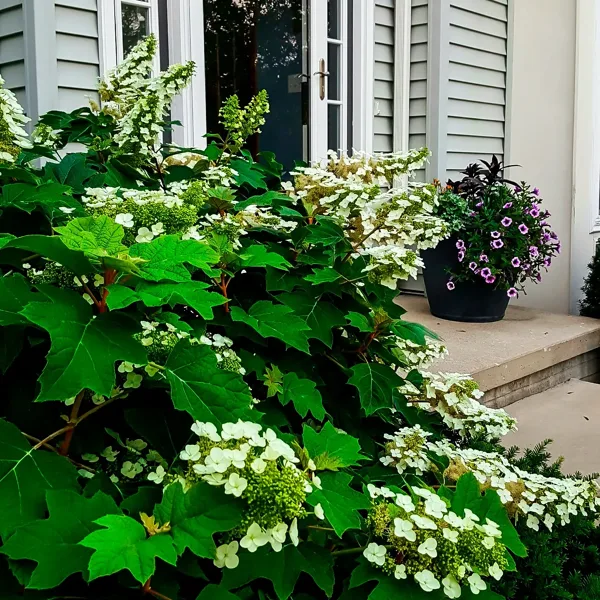

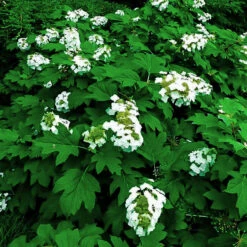

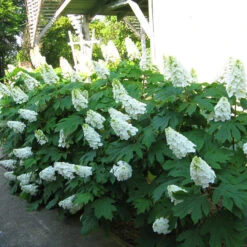
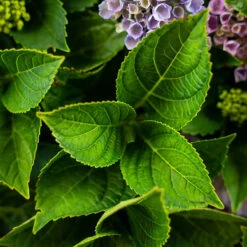
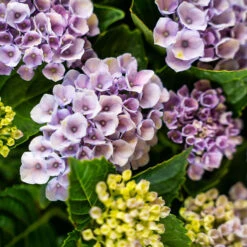


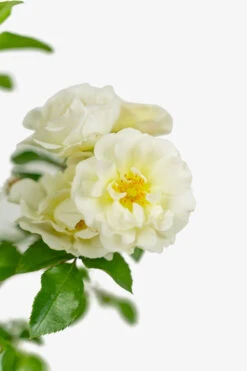
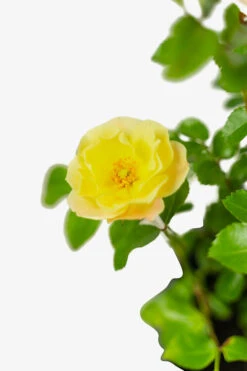

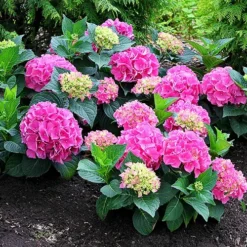

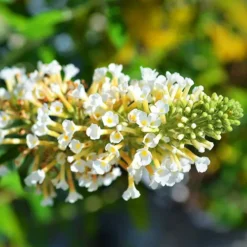




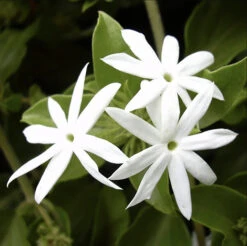
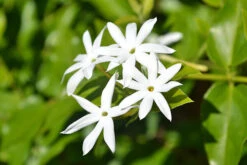
Reviews
There are no reviews yet.